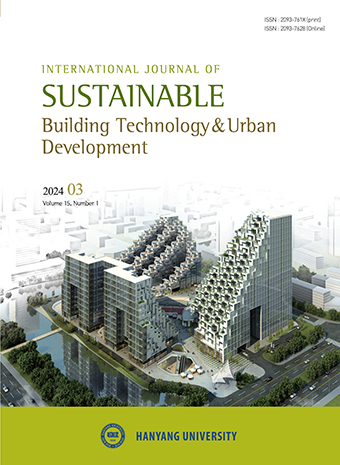General Article
Abstract
References
Information
L. Deng and Y. Dong Yu, Deep learning: methods and applications. Foundations and Trends® in Signal Processing 7.3-4 (2014), pp. 19-33.Y. Freund, and D. Haussler, Unsupervised learning of distributions on binary vectors using two layer networks. Advances in neural information processing systems. (1992), pp. 912-919.
10.1561/2000000039- Publisher :Sustainable Building Research Center (ERC) Innovative Durable Building and Infrastructure Research Center
- Publisher(Ko) :건설구조물 내구성혁신 연구센터
- Journal Title :International Journal of Sustainable Building Technology and Urban Development
- Volume : 10
- No :4
- Pages :205-215
- Received Date : 2019-12-11
- Accepted Date : 2019-12-24
- DOI :https://doi.org/10.22712/susb.20190022




 International Journal of Sustainable Building Technology and Urban Development
International Journal of Sustainable Building Technology and Urban Development









